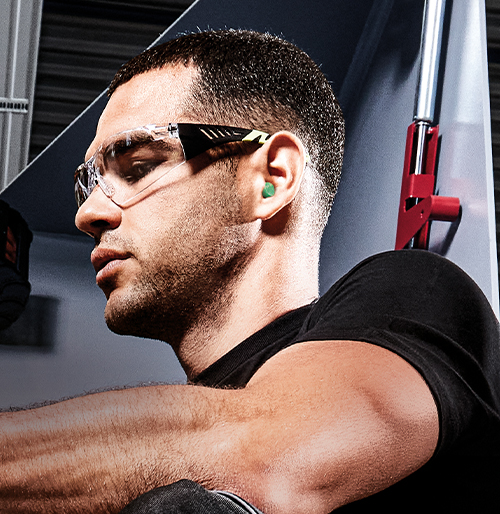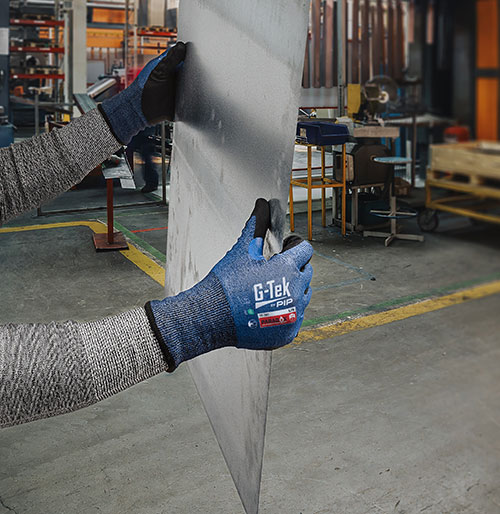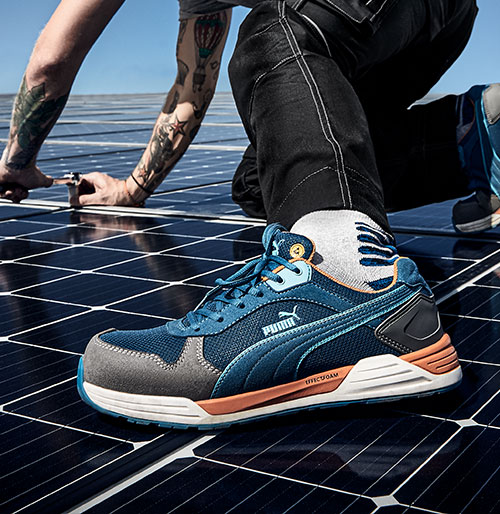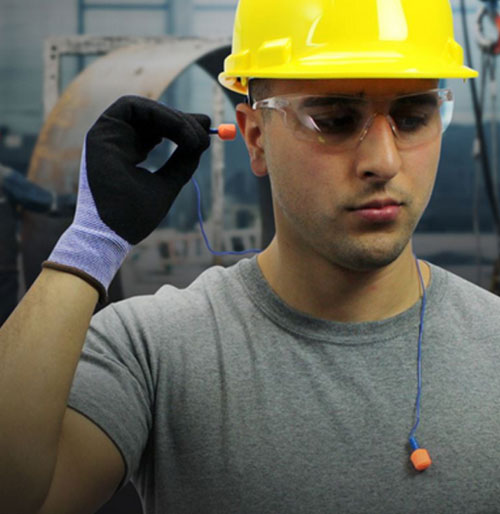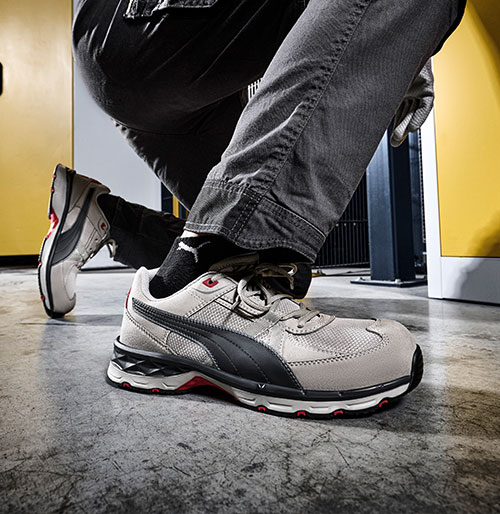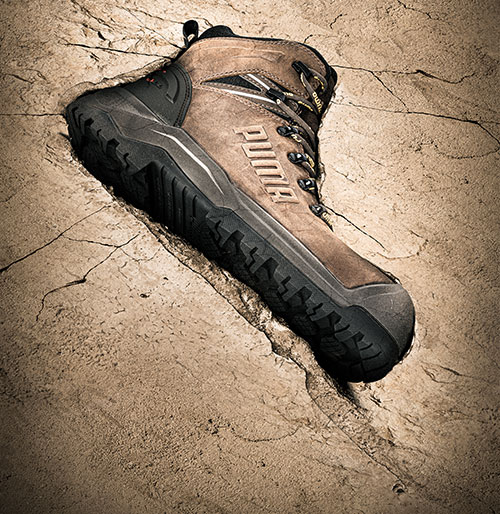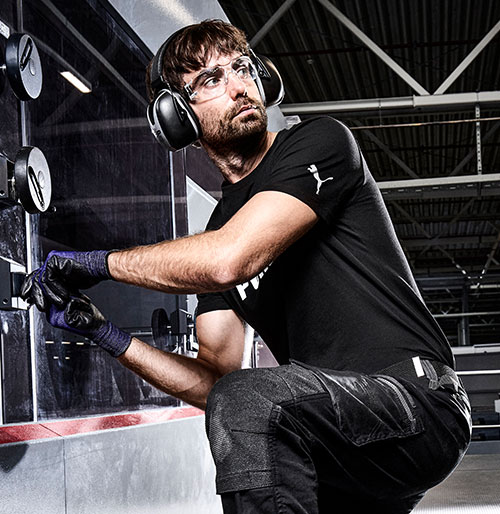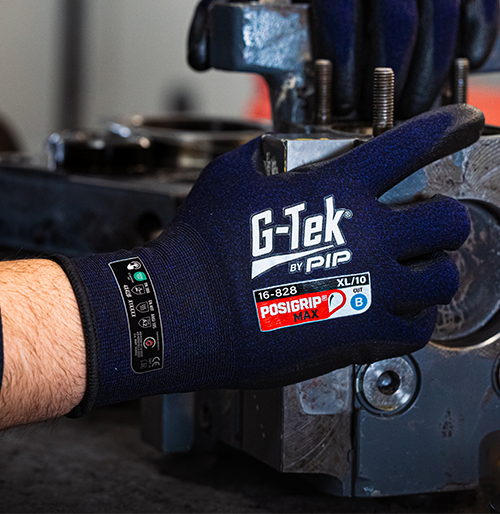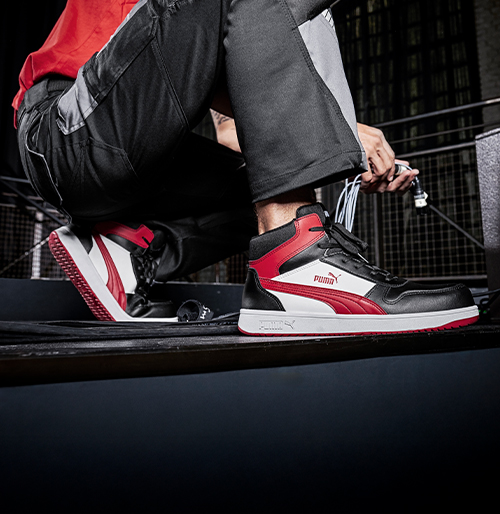
-
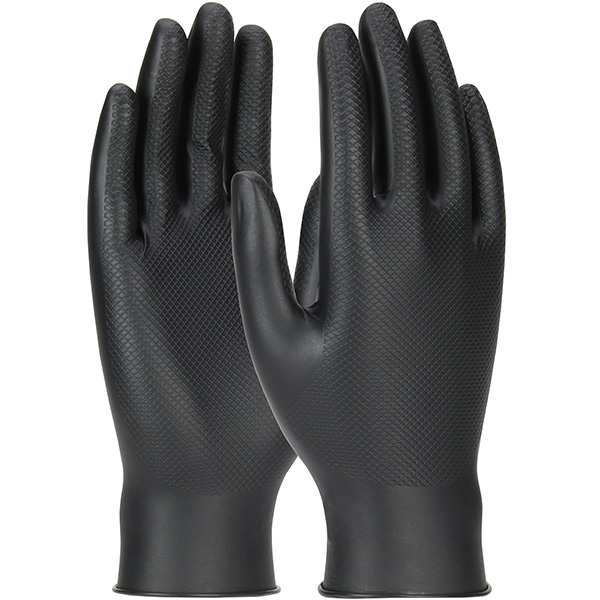 Extended Use Disposable GlovesGrippaz™ Skins67-246
Extended Use Disposable GlovesGrippaz™ Skins67-246
-
 Hi Performance GloveG-Tek® PolyKor®16-MPT630
Hi Performance GloveG-Tek® PolyKor®16-MPT630
-
 Cut Resistant GlovesG-Tek® PolyKor®16-560
Cut Resistant GlovesG-Tek® PolyKor®16-560
-
 Protection From ColdG-Tek® PolyKor®41-1415
Protection From ColdG-Tek® PolyKor®41-1415
-
 Protection From ColdG-Tek® PolyKor®41-1417
Protection From ColdG-Tek® PolyKor®41-1417
-
 Evaporative CoolingEZ-Cool® Max396-EZ900
Evaporative CoolingEZ-Cool® Max396-EZ900
-
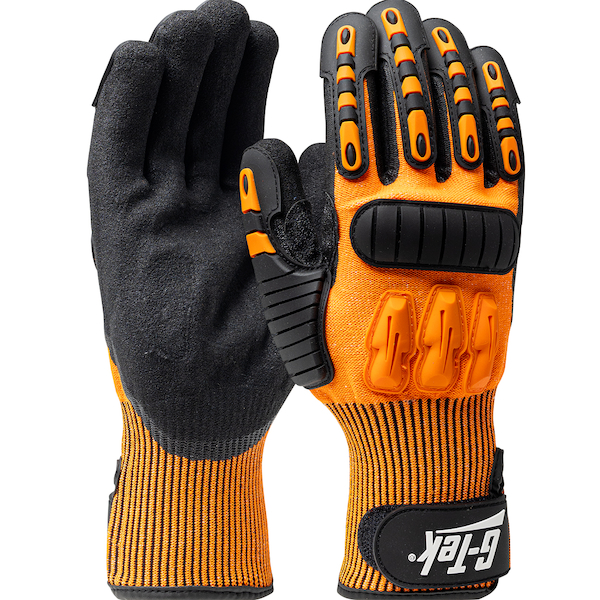 Hi Performance GloveG-Tek®120-5150
Hi Performance GloveG-Tek®120-5150
-
 Cut Resistant GlovesG-Tek® Paradox™16-541
Cut Resistant GlovesG-Tek® Paradox™16-541
-
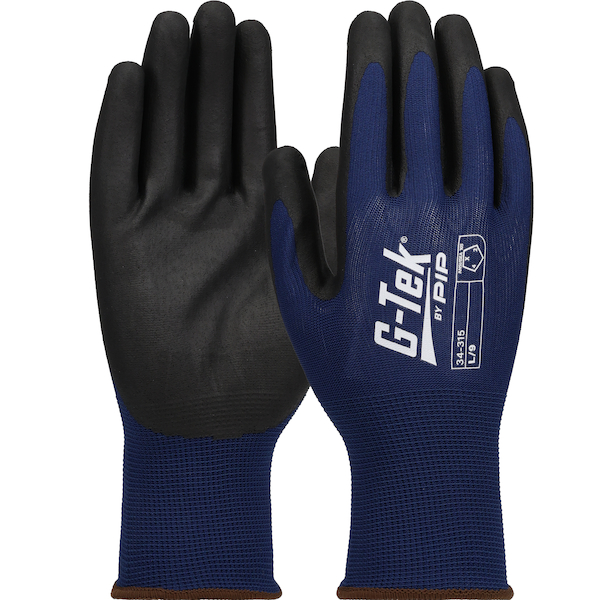 General Purpose Gloves - CoatedG-Tek®34-315
General Purpose Gloves - CoatedG-Tek®34-315
-
 Chemical ResistantAssurance®56-586CR
Chemical ResistantAssurance®56-586CR
-
 Cut Resistant GlovesG-Tek® Paradox™16-351
Cut Resistant GlovesG-Tek® Paradox™16-351
-
 Safety GlassesZenon Z12™250-01-0900
Safety GlassesZenon Z12™250-01-0900


















